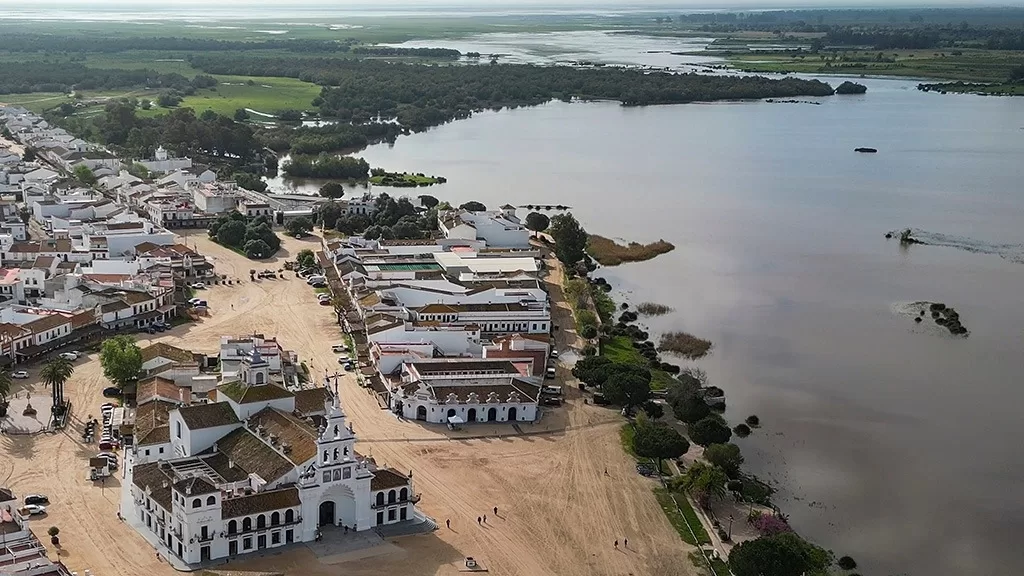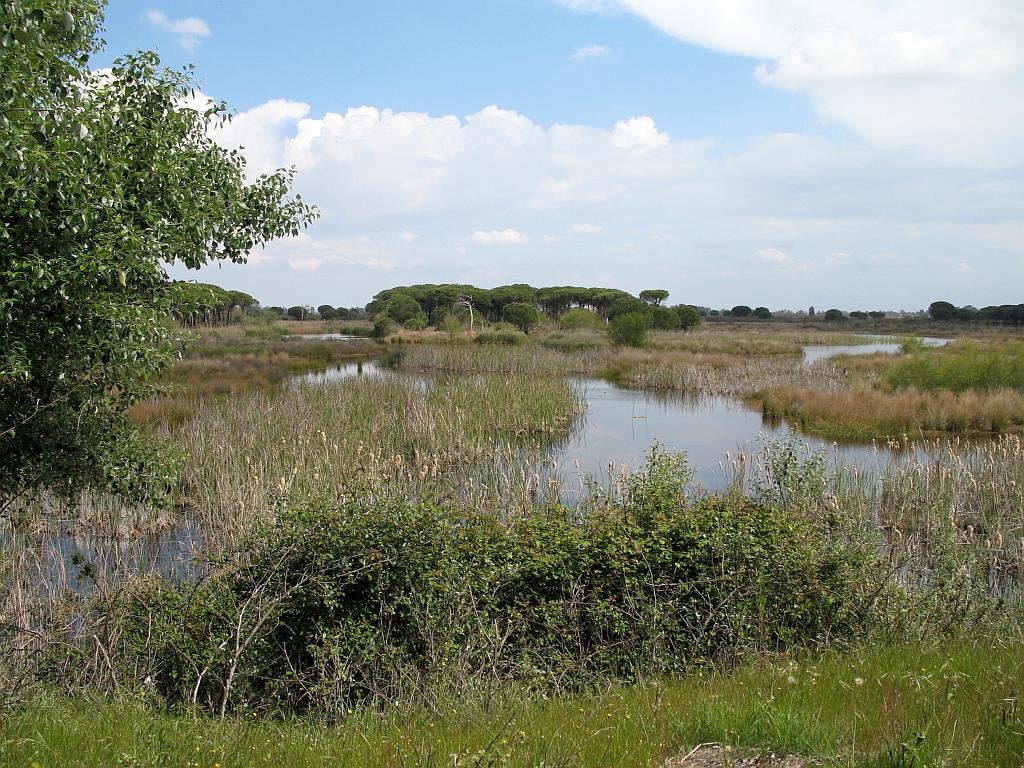A Rare Spring Transformation
Doñana National and Natural Park is bursting with life this spring, thanks to a season of heavy rains. The once-parched marshlands have returned to their former glory, offering a rare spectacle of biodiversity and a glimpse of the wetland’s ecological potential. This resurgence has flooded over 39,000 hectares, transforming the landscape and reminding us why Doñana is a UNESCO World Heritage Site.
I’ve been living in this lovely area of Western Andalucia for the last 20 years or so and dedicate most of my time to the running of English language tourist information websites for the towns of Cádiz, Ronda, Grazalema, the famous or infamous Caminito del Rey, and also Wildside Holidays, which promotes sustainable and eco-friendly businesses running wildlife and walking holidays in Spain. My articles contain affiliate links that will help you reserve a hotel, bus, train or activity in the area. You don’t pay more, but by using them you do support this website. Thankyou!


